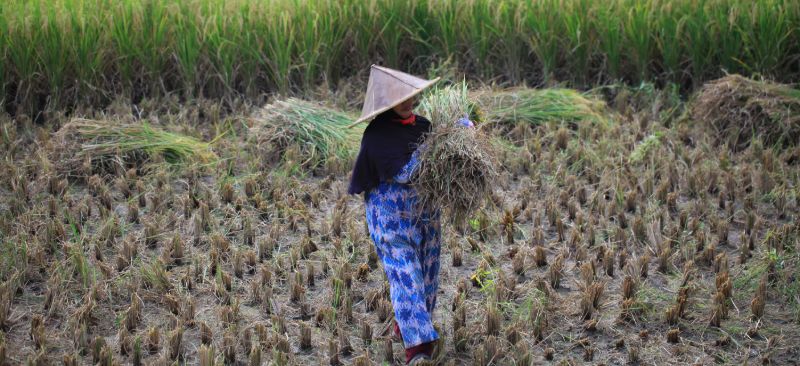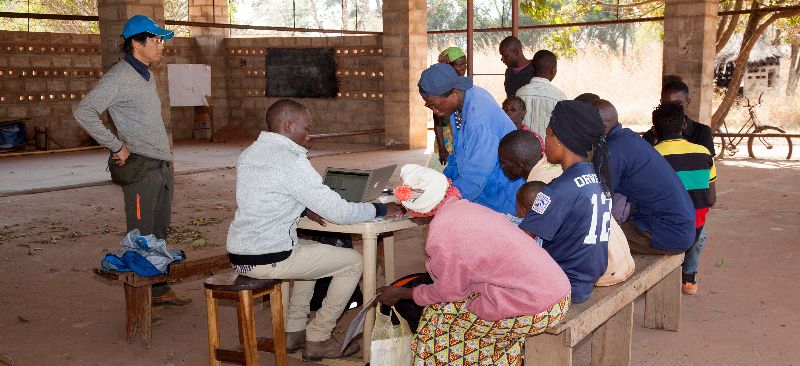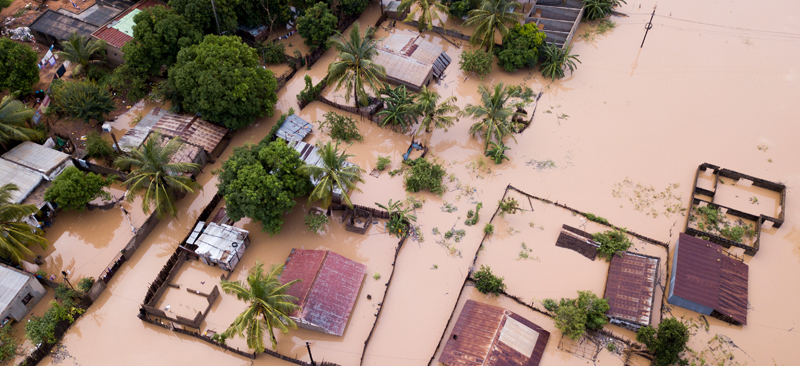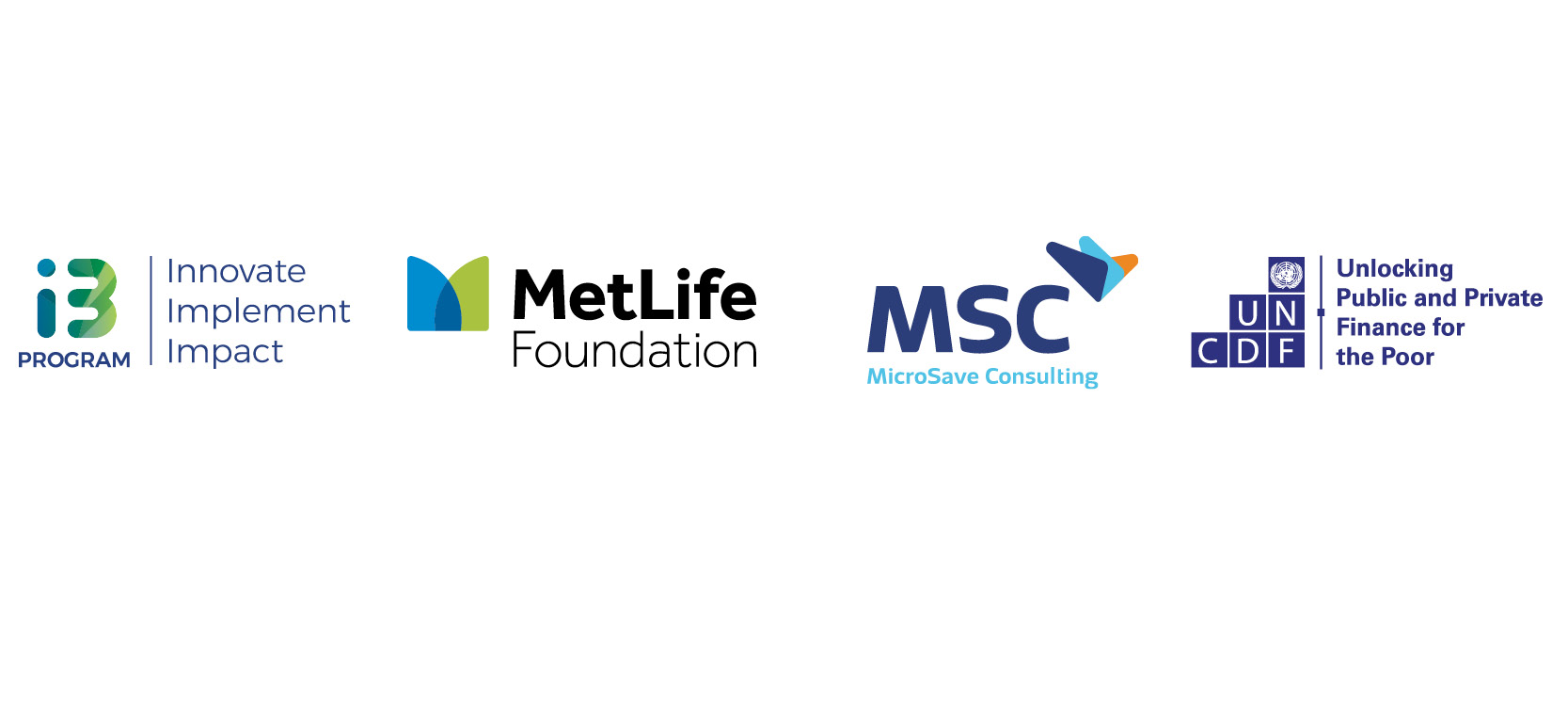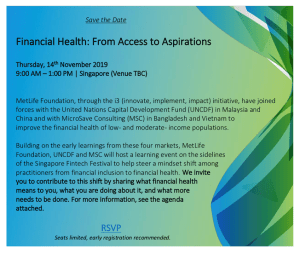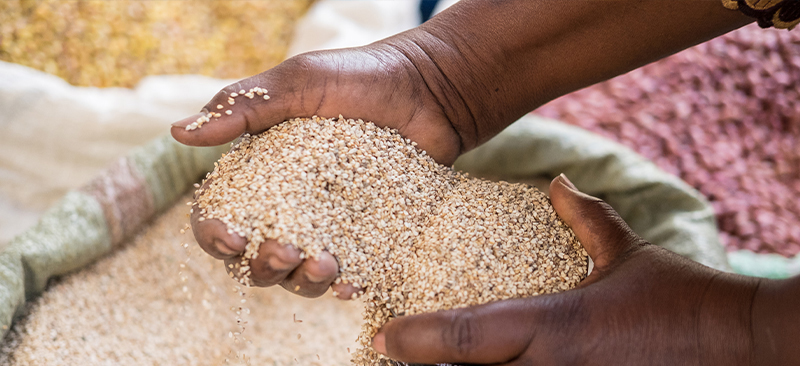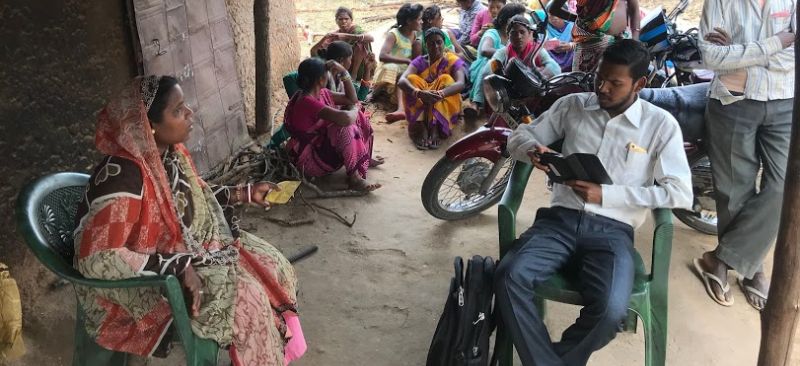In 2017, the Government of Indonesia (GoI) began digitizing social benefit transfers to improve delivery efficiency and achieve sustainable financial inclusion. Program Keluarga Harapan (PKH), a conditional cash transfer (CCT) program, was the first major social assistance payment program (G2P) digitized by the government. It provides incentives for the following:
- Pregnant and lactating mothers, infants, elderly people, and people with disabilities to access and utilize health care services at the primary health clinics of the government;
- Children old enough for schools and pre-schools to complete 12 years of basic education.
The program targets 10 million families in the bottom 15th percentile[1] of the unified beneficiary database of the lowest income population maintained by the Ministry of Social Affairs (MoSA). The benefits are distributed quarterly and range from IDR 362,000 (USD 26) to IDR 2,625,000 (USD 178). The benefits are transferred to the bank account of the beneficiaries linked to Kartu Keluarga Sejahtera (KKS), a specially designed debit card. Beneficiaries can choose between ATMs, bank agents, or other bank payment points to withdraw their benefits. MSC assessed the PKH program and found that digitization has improved the efficiency of the program and increased the convenience and satisfaction of the beneficiaries. However, the impact on financial inclusion has been mixed. This blog highlights some of the key issues faced in driving meaningful financial inclusion through the PKH CCT program.
Digitization has led to a significant jump in new bank accounts but the use of these accounts remains low. 86% of beneficiaries stated that the KKS account was their first bank account, which translates to 8.6 million new accounts. However, usage of the account for non-G2P payments remains low as only 17% of the beneficiaries use their accounts for other financial needs. 82% of all beneficiaries withdrew their entire social assistance amount in one transaction. This implies that unless the beneficiaries make other deposits into their KKS accounts, their financial transactions for the quarter are limited to a single withdrawal of social benefit. The various reasons for the low usage are discussed below:
• Poor program or product communication has impacted the success of the program. 39% of the beneficiaries were unaware that the KKS card was linked to a basic savings account, while another 31% mentioned that they did not know how to transact. 21% of the beneficiaries revealed that the front line staff, such as PKH facilitators, bank staff, or bank agents encouraged them to withdraw their benefits as soon as possible. This was due to a prevailing misconception that the government would take the money back if the accounts had any balance left.
• Poor digital literacy was another issue as the beneficiaries depended on family members, PKH facilitators, and bank agents to conduct the transactions. They worried that if they went to the withdrawal point alone, they would push the wrong button, enter the incorrect Personal Identification Number (PIN), or the card would get stuck in the ATM. This fear and uncertainty were one of the reasons that caused them to withdraw the entire amount at once.
• No use cases for debit card transactions in rural areas. Beneficiaries primarily depend on cash to transact on a daily basis. This is especially true for those living in rural or remote areas. Money sitting in an account has little to no use when the immediate ecosystem is not debit-card-friendly.
Low usage of bank agents and dependence on ATMs was another interesting behavior that was observed among the beneficiaries. Almost 82% of the funds were withdrawn through ATMs. Laku Pandai agents or branchless banking agents were rarely used to withdraw the funds. This behavior was largely driven by the absence of bank agents located in the rural and remote areas. The 2017 Agent Network Accelerator (ANA) Indonesia study of MSC revealed that most agents operated within a 15-minute distance from the bank branches. Other reasons behind the low usage were the inability of the agents to handle larger liquidity requirements and the additional charges they levied on the beneficiaries to withdraw their funds.
Little incentive for banks to invest in agent networks to improve their quality. Banks typically incur significant costs to manage the agent networks. They give commissions to the agents for transactions, pay the rental fees for the specialized Electronic Data Capture (EDC) machines to conduct G2P payments, monitor the agents, and manage agent liquidity, etc. Currently, the GoI does not pay the banks to distribute G2P payments. As an incentive for the banks, the GoI transfers the total amount of social benefit from the treasury 30 days in advance of disbursement to the participating banks, which allows them to earn interest on the float. However, the banks are not satisfied since they are unable to recoup the costs associated with beneficiary disbursement. As a result, they do not invest in their agent networks to manage agent liquidity in a more proactive manner, or train agents to improve product communication. This hampers the quality of service on which the beneficiaries depend.
It is interesting to note that these challenges reflect many of those seen by MSC in India.
What can be done?
MSC’s experience in other markets shows that a robust and viable last-mile CICO network is a foundational step to create a trusted and successful digital ecosystem for beneficiaries to use and transact. Below, we explain in brief the key measures that can be considered by GOI in the short to medium term to improve the last-mile distribution network.
Use Family Development Sessions (FDS) to improve the digital and financial capability of PKH beneficiaries. PKH beneficiaries receive monthly FDS sessions from the PKH facilitators. These sessions typically educate the beneficiaries on family health and well-being and are a prerequisite for them to receive the benefit. The FDS could include information or modules on the benefits and use of the KKS account and card. PKH facilitators could also use a combination of audio, video, and gaming elements to make the sessions more engaging. The Citi Foundation helped create similar modules for CCT beneficiaries in the rural areas of Colombia with positive results.
Allow third party agent network managers to address the rural use cases and access of agents. The burgeoning FinTech and eCommerce space comprises 5 million FinTech agents that operate across Indonesia. All the major FinTech and eCommerce actors like GoPay, OVO, Bukalapak, and Tokopedia have agent networks that provide a wide range of services in rural areas, such as bill payments for utilities, grocery purchases, marketplaces to purchase goods, etc. These players have the potential to become Agent Network Managers (ANMs) for the banks. For the beneficiaries, such arrangements could strengthen the use cases for digital transactions and encourage them to keep the benefits in their KKS accounts. ANMs could also reduce the economic burden on the banks to set up, hire, and manage the agent networks including liquidity management at the agent outlets.
Create an enabling environment for financial institutions to conduct G2P payments. The Government of Indonesia and the financial regulators play a significant role in creating a conducive environment for G2P payments to achieve sustainable financial inclusion. Currently, the banking and financial services sector faces two key issues that prevent the effective and efficient delivery of G2P payments. The first is a lack of incentives for the banks and the private sector to make G2P payments. The second is the lack of an interoperable payments system. In the section below, we look at ways to mitigate these two issues.
• Ensure that the banks and the private sector receive appropriate incentives to make G2P payments. The government needs to formulate appropriate incentives for the banks and financial service providers to distribute G2P payments. To determine the incentives, the government should consider the savings realized and the full range of costs incurred by the banks to distribute the social benefits digitally. Governments all over the world have recognized the importance of offering incentives to participants in the G2P ecosystem. Financial service providers are paid transaction fees between 1-3% for G2P disbursements in countries like Pakistan, India, Kenya, and Philippines.
• Build an inclusive and interoperable national payment system. The National Payment Gateway (NPG) presents an opportunity to create a low-cost interoperable payments settlement system ideal for G2P payments. NPG has made bank-issued card transactions interoperable on all EDC machines in Indonesia. If other financial service providers like non-bank payment service providers are allowed to tap into the NPG, it could facilitate their entry into the G2P payments space and significantly increase the choice for beneficiaries. A national interoperable electronic payments system could also facilitate the seamless movement of money across payment instruments. For example, the transfer of money from a bank account to an e-wallet. This would foster innovation and new use-cases for beneficiaries to transact digitally.
The PKH program offers a great opportunity to fast-track meaningful financial inclusion in Indonesia. While it has helped bring the unbanked population into the formal financial system, the beneficiaries need improved product communication, more choices in terms of payment providers and payment instruments, and innovative use-cases to transact through their accounts. To create an enabling environment, the Government of Indonesia and the regulators must allow a broader range of financial players to participate, relax the rules to foster innovative partnerships and products, and introduce incentives that encourage sustainable participation of the private sector.
[1] Indonesia calculates the percentile score for each family based on a combination of socio-economic indicators that include household consumption expenditure, household assets, family occupation, size of the family, etc.
